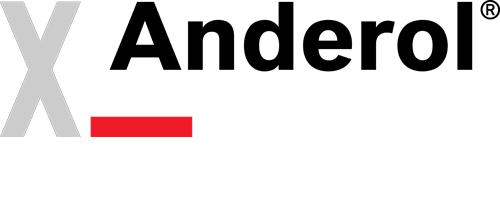Sort
Many maintenance shop inventories contain a wide variety of lubricants and greases. The inventory may cover all ISO grades, or with regards to greases, varying NLGI grades. Depending on the lubricant there may also be multiple suppliers involved. Identify which lubricants are no longer required and minimize the number of lubricants in use without compromising equipment reliability or performance. Consolidating to a single lubricant supplier is a good idea.
By using synthetics in place of mineral oil-based products, the rationalization process is made easier because of the wider operating temperature range and storage stability of synthetics. For example, because of high operating temperatures an OEM may have specified an ISO 68 mineral oil based fluid. Whereas another piece of equipment may require an ISO 32 mineral oil-based product. In most cases, both applications could utilize and be standardized on an ISO 46 synthetic-based product. Simply, by reducing inventory, you save money. And since synthetics last longer, (an average 3:1) additional savings are realized.
Straigthen
Once the rationalization is complete, discard any lubricants that are surplus to requirement or no longer meet shelf life policy. Organize your lubricant storage area by creating an inventory matrix of all lubricants required, identify the various vendors, review storage and handling policies and shelf life protocol. Arrange lubricants so that they are clearly visible and easily accessible to minimize travel and eliminate waste.
Synthetics offer superior physical properties making them highly stable. Shelf life for most synthetics that are formulated with PAG, PAO and/or PAO/ester basestock are around 5 to 10 years. Conversely, mineral oil-based products usually have a shelf life of 2 years from the date of manufacture. Also, synthetics inherently provide higher flash, fire points and autoignition temperatures, are usually more environmentally friendly and may be safer to handle from a toxicity perspective, (most meet NSF H-2 protocol). Many PAG & ester-based products are considered “readily” biodegradable. In all cases MSDS’s should be reviewed for specific hazards associated with the product.
Shine
At this stage special attention should be given to the cleaning of mechanical components and their areas. Lubrication equipment should be upgraded and/or serviced. If you have decided to make the switch to a synthetic based product then cleaning will need to include the flushing of lubricant systems. In addition, changing of all filters and stocking of consumable mechanical components should be done.
Lastly, all identified mechanical components to be lubricated need to be tagged to indicate what type of synthetic lubricant will be used. Other information could include basestock type, (i.e., PAO, Ester, PAG) and inspection frequency.
Standardize
This step includes maintaining and monitoring. With regards to synthetics, most suppliers will offer a ‘used oil analysis program’. ANDEROL provides this service free of charge and is web-based. We highly recommend incorporating this service at this point. Most used oil analysis programs are web-based and can be downloaded into most maintenance databases. Used oil analysis service adds a potential cost saving benefit by further lengthening the service hours of synthetic lubricants.
Sustain
What is accomplished in the preceding “4’s” needs to be maintained with special attention toward making improvements. Here, periodic inspection, ‘topping off’ of lubricant(s) and lubricant sampling should take place in addition to service items such as vibration readings, thermography, and precision balancing. Equipment that run on synthetics, especially those based on PAG, PAO/ester and ester-basestocks realize lower vibration and operating temperature readings. These lower values are directly related to the inherent high polarity of these basestocks in addition to their superior thermal conductivity values. Cooler, smoother running equipment lengthens equipment life.
To summarize
A 5S program, utilizing synthetic lubricants as part of a maintenance program provides the following cost efficiencies:
• Reduce Maintenance
• Reduce Downtime
• Reduce Energy Consumption
• Reduce Emissions and Disposal
• Reduce Carbon footprint
• Reduce Lubricant Consumption
Your lubricant supplier should be able to advise you on the best product to use. At ANDEROL our technical professionals can assist you with your specific application needs. Find your nearest ANDEROL distributor here





